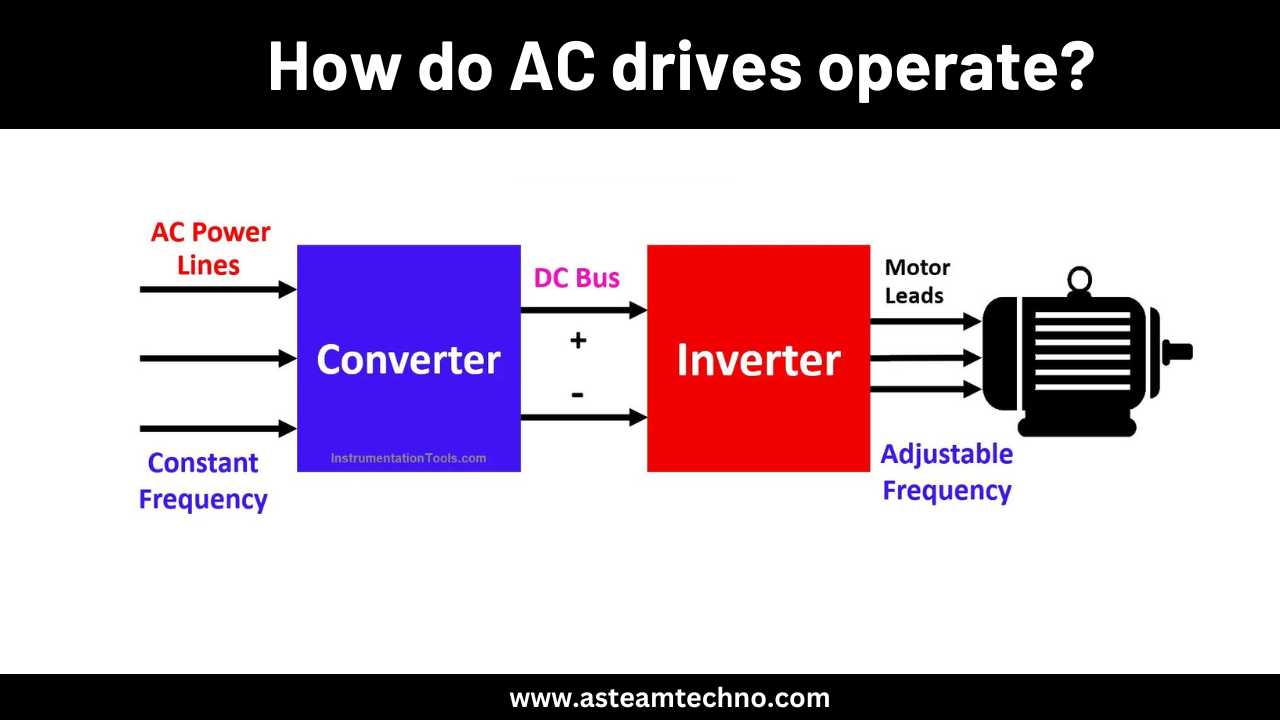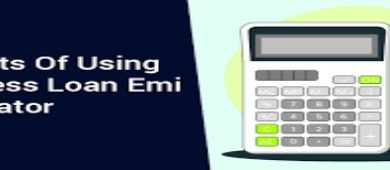By adjusting the frequency and voltage of the output given to the motor, AC drives provide precise control over the motor’s speed and torque. To guarantee dependable and effective motor performance, the control system continually monitors the output and adapts it in line with the specified operating parameters.
-
Power Conversion:
AC drives convert the incoming AC power source from the mains into a DC voltage using a rectifier circuit. The rectifier circuit frequently makes use of diodes to convert AC power into a constant DC voltage.
- Rectification: In an AC drive, rectification is the first stage of power conversion.
- An AC drive uses a rectifier circuit to convert the incoming AC power source, which is normally at a set frequency (such as 50 or 60 Hz), into a DC voltage.
- Diodes or other solid-state components that let current to flow in only one direction are used by the rectifier circuit to effectively convert the AC voltage into a pulsed DC voltage.
- DC Bus:
The rectified DC voltage is filtered and smoothed down by capacitors, creating the DC bus, a dependable DC voltage source.
- The capacitors in the DC bus store and provide the DC voltage to the subsequent stages of the AC drive.
-
DC Bus:
The converted DC voltage is smoothed down before being put into a DC bus capacitor to provide a constant DC voltage source.
The DC bus functions as an additional energy storage system within the AC drive.
It acts as a buffer between the rectification stage and the inverter stage.
The inverter receives this DC voltage and converts it into an adjustable voltage and adjustable frequency AC output for the AC motor.
-
Inverter Stage:
In order to produce a pulsed waveform, the inverter uses power electronic switches such insulated-gate bipolar transistors (IGBTs), which quickly turn on and off.
- DC Input:
In an inverter stage, the DC voltage from the DC bus is fed.
The inverter uses power electronic switches like insulated-gate bipolar transistors (IGBTs), which quickly turn on and off, to create a pulsed waveform.
- Power Switches:
Power electronic switches, such as insulated-gate bipolar transistors (IGBTs), are used in the inverter stage to regulate the current and voltage going to the motor.
- The output waveform precisely controlled by quickly turning on and off these switches.
Also Read :- Allen Bradley PowerFlex 4M AC drives
-
Pulse Width Modulation (PWM):
The output voltage and frequency of the inverter are controlled using pulse width modulation techniques. The inverter alters the effective voltage and frequency given to the motor by changing the pulse width and timing.
- Reference Signal:
The reference signal produced by the AC drive’s control system denotes the intended voltage or frequency for the motor.
- Carrier Signal:
The AC drive creates a signal with a high-frequency carrier.
Usually, the fixed frequency of this carrier signal is significantly higher than the required output frequency.
- Modulation:
The control system contrasts the carrier signal and reference signal.
- PWM Signal Generation:
By switching the power electronic switches on and off in accordance with the established duty cycle, the control system produces a PWM signal.
-
Output to Motor:
- Variable-Frequency Output: The AC drive’s inverter stage produces an AC output voltage with a variable frequency. The control system normally chooses the output waveform’s frequency based on the motor’s desired speed. The AC drive may regulate the motor’s rotational speed by changing the frequency.
-
Control System:
To fulfil the needs of the application, the control system can be configured using specific control logic and algorithms.
In conclusion, AC drives are essential for regulating the torque, speed, and energy efficiency of AC electric motors.
They are crucial components in a variety of industrial applications because of their capabilities for precise motor control, energy conservation, motor protection, and smooth interaction with control and automation systems.
Asteam Techno Solutions Pvt. Ltd. is the latest in the field of suppliers for automation parts and components. We trade with many manufacturers such as the most famous brands including Allen Bradley, Phoenix Contact, Moxa, Schneider Electrics, Omron, Siemens, Vipa and many more. We are ready to be the best and most qualitative provider of industrial spare parts. Do not hesitate to contact us – you simply send us an inquiry once the code of the part that you need. Our range is very wide – we can offer almost all brands. Low prices and punctual deliveries is the motto that we present to our customers. Write to us to see for yourself. We are ambitious and strive for the best. We know the competition and know the market.





